Ms JODIE HARRISON (Charlestown) (21:59): After 12 years under this Government, health care across New South Wales is in a state of crisis, and many in my electorate of Charlestown have felt the pressure.
The Bureau of Health Information [BHI] statistics paint a stark and worrying picture. According to the most recent figures released by the Bureau of Health Information, covering April to June this year, 10 per cent of patients in the Hunter New England Local Health District waited at least 56 minutes at a hospital in the back of an ambulance; in local emergency departments, nearly one‑third of critical emergency cases were not seen within the target time; and more than one in eight of emergency department patients in the Hunter New England Local Health District left without completing treatment.
Locals in my area are worried. They are worried that an ambulance will not arrive in time in the case of an emergency. They are worried that overcrowded emergency rooms might not be able to see them on time. They are worried that our overworked, under-supported healthcare workers are being pushed too hard by a system in crisis. One woman contacted my office after her son, just seven months old and living with a heart condition, tested positive for COVID. She had been left sitting outside the John Hunter Hospital with him for an hour before his temperature was taken and his heart rate checked. As she pointed out, given his condition, the baby could have been in heart failure.
That was not the fault of our hardworking nurses and doctors, and the crisis in our health system is not due to COVID. The pandemic has just accelerated a crisis caused by a severe underinvestment in health over the past 12 years: an underinvestment in health infrastructure and an underinvestment in health staff. It means that patients are not being seen soon enough, and when they are being seen, the over-stretched staff might not be able to provide the level of care that patients need and certainly not the level of care that the staff want to provide.
One man contacted my office after his wife had had a fall. She had been taken by ambulance to the John Hunter Hospital, where she was seen after four hours and sent home with some mild pain relief. The next day, she woke up in such pain that she could not get out of bed. When the man contacted me, they were both deeply concerned that she had not been properly screened for injuries as a result of the initial fall—not because of neglect but because the staff were just too overworked. After 12 years of underinvestment, there is no doubt that New South Wales faces a chronic shortage of health workers, including nurses and ambulance paramedics. We have fewer paramedics per capita than any other State in Australia bar one, and staff turnover is high. Long hours and little support have led to high levels of burnout amongst paramedics.
In the five years before COVID hit, 430 beds were cut from New South Wales hospitals. In the 11½ years since those opposite came to power, a campaign of cuts to our health system has seen back office staffing levels reduced. The work of those back office staff has been shifted onto frontline health staff, with impacts on patient care. We have seen downgraded ambulance stations across the State, and every three months the Bureau of Health Information confirms that people in New South Wales are waiting longer than ever before to get an ambulance. To match this dubious record, more people in New South Wales are waiting longer than clinically recommended for elective surgery.
Recently I was at a function where a man in his 70s slowly made his way up to me. He struggles to walk. He is in need of a knee replacement. He has already had one knee replaced. For his second knee, he has been languishing on the elective surgery waiting list for several years. He is angry, his quality of life has taken a serious hit, and he was in obvious pain. He certainly was not enjoying the function as much as he could have been.
The stories I have told all occurred within the three months captured by the most recent round of BHI data. They illustrate in human terms the depths of the crisis our health system is in. The State has a clear choice. We can have four more years of a health crisis and blowouts in wait times at emergency departments, for ambulances and on the elective surgery waiting list, or we can provide our health system and its staff with the resources they need to give good, proper patient care.


